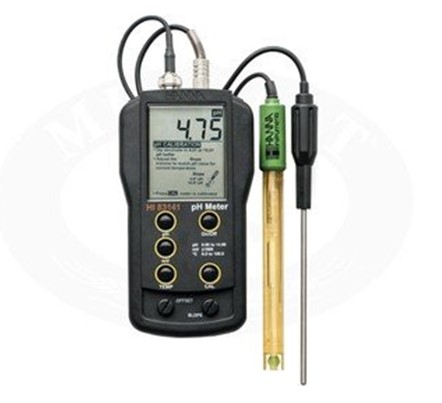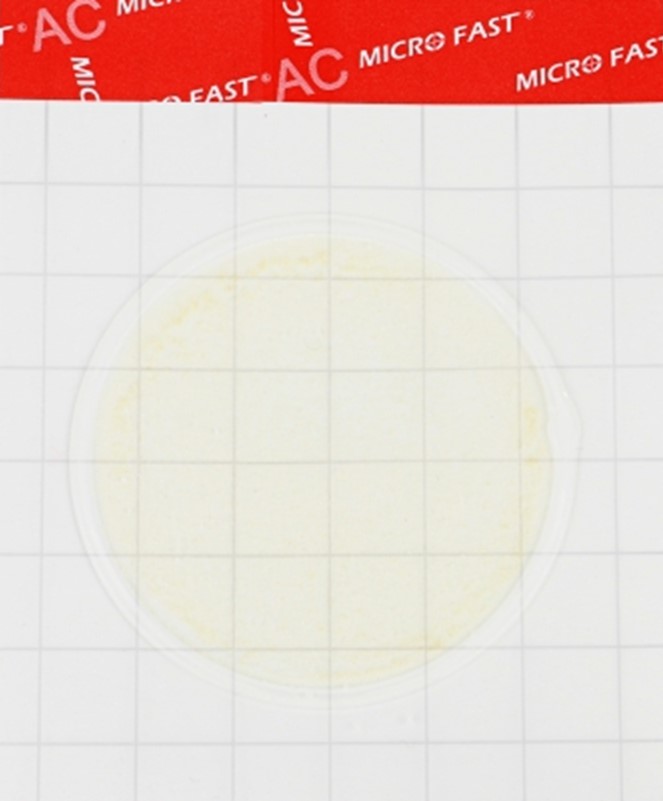Why do tomatoes need milk? Three natural fertilizers for tomatoes that you didn’t know about

Tomato is one of the favorite vegetables of all gardeners. They set aside the sunniest place on the windowsill, buy or build greenhouses, inventing the most ingenious ways of gartering. And be sure to water, prune, and fertilize. Of course, they try to protect against all kinds of diseases and pests. How to do this without the use of chemicals, says Viktor Mikhailov, a summer resident with 30 years of experience, from the Soligorsk district.
Important element
Tomato seedlings have long migrated from home window sills to beds, greenhouses and greenhouses. The seedlings have grown considerably and become stronger, which means they have settled into new conditions. The early varieties had completely finished flowering, and the first green fruits appeared on the bushes. If the tomatoes were under reliable protection in the apartment, then in the open ground, especially in the garden, they face many dangers. Therefore, first of all, we pay attention to high-quality feeding. Moreover, our hero advises not to rush into using “chemicals” in the garden, but to take a closer look at natural fertilizers.
“Tomatoes need potassium, which determines their taste and at the same time accelerates the ripening of vegetables,” the interlocutor clarifies. - A lack of potassium is easy to notice: the tomato does not ripen, and voids form in its pulp. In addition, the vegetable is slightly sugary.
The richest source of potassium, according to Viktor Mikhailov, lies in wood ash. In addition, this natural complex fertilizer contains many other useful minerals - calcium, phosphorus, sodium, magnesium, which are easily absorbed by plants.
- The recipe for the infusion is very simple to prepare: pour 200 grams of ash into a 10-liter bucket, fill it to the brim with hot water and leave for 10 hours. We filter the resulting infusion, dilute it with water at a ratio of 1:3 and water the tomato beds. This product can also be used for foliar feeding. Only for the same volume of water we take twice as much.
It is important to know: ash cannot be applied together with fertilizers such as manure, chicken droppings, or nitrogen fertilizers. This will reduce their effectiveness.
Give MILK to aphids
One of the frequently used components in tomato feeding is milk . It is important to know how, when and with what to use it.
- Milk as a tomato fertilizer is completely harmless to humans, unlike chemicals. In addition, it stimulates plant growth and the growth of lush green mass, and helps fruits ripen in a shorter time,” explains our expert. - Milk will be especially useful if you notice withered leaves on the bushes that have begun to darken, or a small number of ovaries with poor flowering.
In this regard, Viktor Mikhailov has several proven recipes, which contain that same white gold. So, if there is a lack of calcium, dilute 2 tablespoons of wood ash in 1 liter of milk. Pour the resulting composition into 10 liters of water at room temperature. We water the plants at the roots. During the period of fruit formation on the bush, it is better to fertilize it twice.
Thanks to the presence of lactose in milk, it is possible to repel some particularly dangerous pests from the plant and protect against diseases. For example, from late blight.
- It won’t be difficult to recognize it: on one side the leaves become covered with spots, and on the other, an oily, olive-colored coating appears. If measures are not taken quickly, the stems will darken and the fruits will begin to rot, explains the summer resident. - A solution of milk with iodine actually helps fight many tomato diseases. I prepare it like this: in a 10-liter bucket of water I dissolve 20 drops of iodine, 1 liter of milk (or whey) and 0.5 teaspoon of boric acid. I mix everything well and spray the tomatoes.
You can use this solution starting from the moment of flowering, repeating the procedure after a couple of weeks. By the way, it is suitable not only for tomatoes, but also cucumbers and eggplants.
For spraying using a spray gun, the air temperature should not exceed +18-20°C. It is best to apply the solution early in the morning or in the evening, when the sun is not so scorching.
It is important to know: to quickly get rid of late blight, you should treat tomato bushes every three days. The problem should disappear after 4-5 procedures.
Serum in action
If tomato bushes are attacked by aphids, they can destroy not only the leaves, but also the shoots. Whey will come to the rescue.
- To obtain it, you need to ferment the milk and strain it through cheesecloth. We get a serum that can be used even undiluted. True, experienced gardeners advise diluting it with settled water in a 1:1 ratio, clarifies Viktor Mikhailov. - If there are too many aphids on the bushes, then iodine will come to the rescue. Dilute 15 drops in two liters of water and a liter of whey. After mixing the ingredients, spray the plants.
Using whey, you do not need to additionally purchase any microelements. After all, it contains absolutely everything that plants need, and in the very form that is easily absorbed by tomatoes. We dilute 100 milliliters of whey filtered through cheesecloth in a liter of water and spray the plants on all sides at least once every 1.5-2 weeks. You can also alternate with iodine-milk procedures.
According to the summer resident, milk in gardening can also be used for preventive purposes. For example, for treating seeds before sowing. To do this, we make a special solution from half a liter of milk, a drop of iodine and a liter of water. Place the seeds for 6-8 hours. Also, before planting crops, you can spill the soil with water mixed with a liter of milk and five drops of iodine.
It is important to know: the milk-iodine mixture is an excellent alternative to chemicals. Iodine improves plant immunity and has antiseptic properties. In addition, it improves the composition of the soil.
When tomatoes form and ripen on the bush, milk feeding should be applied every 3-4 days.
| Marina VALAKH, newspaper "7 days". hero and from open Internet sources.
Read also:
Read together with it:
- Belarusian exports of dry milk products to Myanmar quadrupled in the first half of the year.Photo by the Ministry of Agriculture and Food, September 30, MINSK . The first meeting of the Belarusian-Myanmar Joint Working Group on Cooperation in Agriculture and Food was held at the Belarusian Ministry of Agriculture and Food, the ministry told BelTA. The meeting was attended by Deputy Minister Ivan Smilgin, heads of the Ministry's departments, Ambassador Extraordinary and Plenipotentiary of...
- В ОАО "Святая Воля" в Ивацевичском районе за полгода выручка на каждого работника составила Br98 тыс.Владимир Любушак 26 сентября, Минск. ОАО "Святая Воля" - динамично развивающееся предприятие Ивацевичского района с выручкой от реализации на каждого работника Br98 тыс. Это результат первой половины 2025 года, сообщил в интервью журналу "Экономика Беларуси" директор акционерного общества Владимир Любушак.Угодья хозяйства раскинулись на более чем 1......
- Как победить "осенний синдром"? Очень простые советы для хорошего самочувствияСнизилась концентрация, ощущается упадок сил и весь день клонит ко сну? Это межсезонье, которое идет в комплекте с простудами и вирусами. Как не заболеть осенью - разбираемся вместе с врачом общей практики. Время укреплять иммунитет При смене летнего сезона на осенний замедляются все природные процессы. Организм человека тоже перестраивается, поэтому требует меньше внешних раздражителей и больше с...
- Новое видео на нашем канале: Мифы и правда о верблюдах Что у верблюда в горбах? Породы, гибриды, типы и виды верблюдов.Верблюдоводство в Казахстане: молоко, мясо, шерсть, гибриды, наука и традиции. Опыт выдающегося казахстанского учёного - Дастанбека Асылбековича Баймуканова о верблюдах и их роли в степной культуре. В этом видео мы раскрываем всё о верблюдах и верблюдоводстве в Казахстане. Дастанбек Асылбекович делится практическим опытом и научными знаниями, накопленными за десятилетия работы с этими уникальными ...
- Record-breaking animals are being raised at the Ross breeding farm in the Volkovysk district.Photo by plemzavod-ross.by, September 26, MINSK . The Ross breeding farm has created a breeding herd of over 800 cows, 550 of which produce 10,000 kg or more of MILK per year. Viktor Zamirovsky, DIRECTOR of the municipal agricultural unitary enterprise, told the magazine "Ekonomika Belarusi" (Economy of Belarus), according to BelTA. The Ross Breeding Farm is one of the most successful and producti...





























































